A fire-resistant electrical cable is designed to resist fire and maintain its structural integrity during exposure to high temperatures. These cables find applications where the risk of fire is high, such as in buildings, industrial plants, and power stations. They are usually made from special insulation materials, such as mineral-based compounds, mica tapes, or ceramic fibers, which provide excellent thermal resistance and fire-retardant properties.
Flame-Retardant Cables vs. Fire-Resistive Cables
Flame-retardant cables prevent the spread of fire by limiting the spread of flames and smoke. They are made of materials containing additives to slow the combustion process and self-extinguish upon the removal of the ignition source. Flame-retardant cables are commonly used in residential and commercial buildings and in electronic and electrical equipment.
On the other hand, fire-resistive cables maintain their integrity and function during a fire. They are made of materials capable of withstanding high temperatures and maintain their mechanical strength, insulation, and electrical properties even when exposed to fire. Fire-resistive cables are commonly used in critical applications such as emergency lighting, fire alarms, and communication systems.
Different Types of Fire-Resistant Cables
There are several types of Fire Survival Cables, including:
-
Mineral Insulated Cables (MIC)
These cables consist of copper conductors enclosed in a magnesium oxide insulation material. MIC cables can withstand high temperatures and maintain circuit integrity for up to three hours. -
Fire Resistant Cable with Mica Tape
These cables use mica tape as insulation material. Mica tape is a natural mineral that can withstand high temperatures and provides insulation and fire resistance. -
Fire-resistant Cables with Silicone Rubber Insulation
These cables have a coating of silicone rubber that provides excellent insulation and fire resistance. Fire Retardant Cable finds widespread use in harsh industrial environments. -
Fire-resistant Cables with Cross-linked Polyethylene (XLPE) Insulation
These cables have cross-linked polyethylene insulation capable of withstanding high temperatures and are fire-resistant, making them ideal for critical applications, such as power generation and distribution. -
Halogen-free, Low Smoke and Fire-resistant (LSFH) Cables
These cables use materials that produce minimal smoke and toxic gases when exposed to fire. Heat Resistant Cables are commonly used in public buildings, hospitals, and other places where safety is a top priority. -
Armored Cables
These cables have a metal armor layer that provides mechanical protection and enhances fire resistance. They are used in industrial applications where the cables are subjected to mechanical stress and may be exposed to fire hazards.
It’s important to choose the right type of fire-resistant cable for the specific application and environment to ensure safety and reliability. KEI Industries are the leading manufacturer of fire-resistant cables in the country.
How Fire-Resistant Cables Can Help Protect Your Property and Assets?
-
Prevent Fire Spread
When a fire breaks out, it can spread rapidly and cause extensive damage to your property and assets. Fire resistant cables can withstand high temperatures and are less likely to catch fire, which means they can help contain the fire and prevent it from spreading to other areas of your property. Fire resistant cables act as a barrier and slow down the spread of the fire, giving people more time to evacuate the building and firefighters more time to put out the fire. -
Maintain Power Supply
During a fire, it’s crucial to maintain power supply to critical systems such as emergency lighting, fire alarms, and other safety equipment. A Flame Retardant Cable continues functioning even during a fire, which means that these critical systems will still work in the event of a fire. By using fire resistant cables, you can help ensure that your property enjoys better protection and reduce the risk of damage and loss. -
Protect Equipment
In addition to maintaining the power supply, Fire Cable can protect critical equipment such as generators and data centers. These assets are essential to many businesses and can be expensive to replace if damaged. Fire resistant cables can help protect these assets by preventing the spread of fire and minimizing the risk of damage. -
Compliance
Building codes and regulations often require the use of Cable Fire Protection. You can ensure your property is up to code and compliant with safety regulations. It can help you avoid potential penalties or legal issues and ensure your property is safer for occupants.
KEI Industries – The Name You Can Trust in Fire-Survival/Resistant Cables
Fire-resistant cables are an essential investment in protecting your property and assets from the devastating effects of fire. By using fire-resistant cables, you can help prevent the spread of fire, maintain the power supply, protect critical equipment, and ensure compliance with safety regulations. However, given the variety of fire-resistant cables, one must choose the right kind for the intended application for the best results and cost optimization. If you are in doubt, you can ask the experts at KEI Industries Limited. Established in 1968, KEI Industries is among the leading electrical wires & cables manufacturers in India, with a comprehensive catalog of electrical wires for every application. Established by visionary promoters in 1968, the company has modern facilities in Rajasthan and Goa for manufacturing EHV, HT, and LT power cables, fire-survival/resistant cables, control and instrumentation cables, communication and thermocouple cables, and specialty, single-core, and multi-core flexible cables to mention a few advanced products it exports to over 50 countries. Visit https://www.kei-ind.com/cables-and-wires/communication-cables/ for more information.







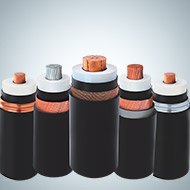
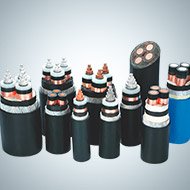
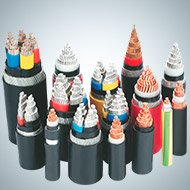

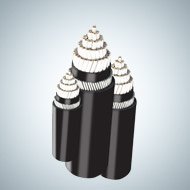

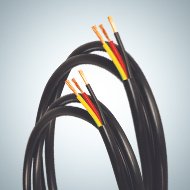


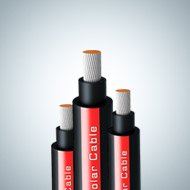
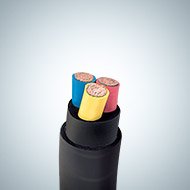
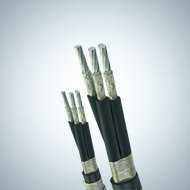
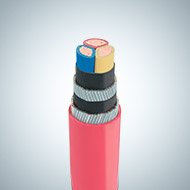


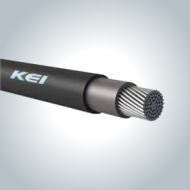
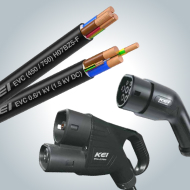
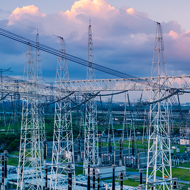


































 Subscribe Newsletter
Subscribe Newsletter